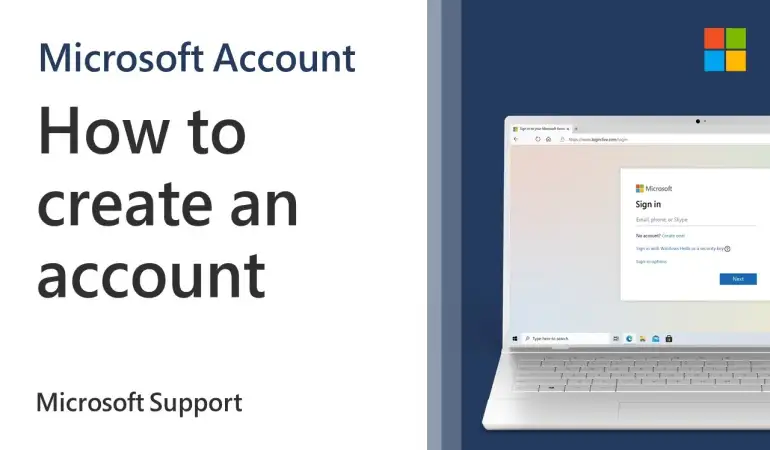How to Edit Photos using Photoshop
You can transform every aspect of an image in Photoshop. Here’s how to get started with some basic editing techniques.
October 06, 2024 05:00
In today’s digital world, photo editing has become an essential skill for everyone, from social media influencers to professional photographers. Whether you want to enhance a selfie or create stunning artwork, Adobe Photoshop offers powerful tools for photo editing. But did you know that Photoshop is not just for desktop computers? It’s also available on mobile devices, giving you flexibility wherever you go!
In this guide, we’ll walk you through how to edit photos using Photoshop for both mobile (via Photoshop Express) and PC. Whether you’re a beginner or looking to refine your skills, this article will help you understand the essential features and editing techniques on both platforms.
What is Adobe Photoshop?
Adobe Photoshop is a world-renowned photo editing software that has been around since 1988. Initially designed for desktop computers, Photoshop has evolved to meet the needs of both professionals and casual users by introducing multiple versions. On PC, you’ll find the full-featured Photoshop CC (Creative Cloud), while for mobile devices, Adobe offers Photoshop Express, a simplified yet powerful app designed for quick edits on the go.
Getting Started with Photoshop on PC
How to Install Adobe Photoshop CC
Before you dive into editing, you’ll need to install Adobe Photoshop CC on your computer. Simply go to Adobe’s official website, choose the Creative Cloud plan that suits you, and follow the installation instructions.
Understanding the Interface
The Photoshop interface on PC might look a bit intimidating at first, but it’s packed with features:
- Layers: Manage different elements of your image separately.
- Tools: Located on the left sidebar, this includes essential tools like crop, brush, and selection.
- Panels: These include properties like adjustments, color, and layers that help you tweak every detail of your image.
Getting Started with Photoshop on Mobile
Installing Photoshop Express
For mobile users, Adobe Photoshop Express is the way to go. Available on both iOS and Android, you can download it for free from the App Store or Google Play. Once installed, sign in with your Adobe ID or create a free account.
Overview of the Mobile Interface
The mobile interface is much more simplified than its desktop counterpart, with easy-to-navigate icons and sliders. You’ll find tools like:
- Crop: To resize and rotate your images.
- Adjustments: Modify brightness, contrast, saturation, and more.
- Filters: Apply creative looks with just one tap.
Basic Editing Features in Photoshop for PC
Cropping and Resizing
Cropping is often the first step in photo editing. Photoshop allows you to crop your image by selecting the Crop Tool from the toolbar. You can resize and rotate the image as needed.
Adjusting Brightness, Contrast, and Saturation
Go to the Adjustments panel to fine-tune the brightness, contrast, and saturation levels. This is where you make your photo pop with the right balance of light and color.
Color Correction and White Balance
Use the Color Balance tool to correct any color cast in your photos. You can also adjust the white balance to make your image look more natural.
Sharpening and Blurring
To enhance clarity or add some blur for artistic effect, you can use the Sharpen and Blur tools located in the toolbar.
Basic Editing Features in Photoshop for Mobile
Cropping and Straightening
On mobile, cropping is just as simple. Select the crop icon, then adjust the frame to focus on the subject. Straightening tools allow you to quickly fix tilted horizons.
Adjusting Brightness and Exposure
Use the Light adjustments to fix underexposed or overexposed images. Adjust the sliders until the image looks balanced.
Quick Filters for Creative Looks
Photoshop Express includes a wide range of filters. Whether you want a vintage feel or a bold color boost, these filters allow you to transform your image in one tap.
Advanced Editing Techniques for PC
Working with Layers and Masks
Layers are the backbone of Photoshop editing. By using Layer Masks, you can hide or reveal parts of an image without permanently altering the original file.
Retouching with Clone Stamp and Healing Brush
For removing blemishes or unwanted objects, the Clone Stamp and Healing Brush are your go-to tools. They allow you to paint over imperfections seamlessly.
Removing Backgrounds and Objects
The Quick Selection tool is fantastic for isolating objects. Once selected, you can remove or replace the background with ease.
Adding Text and Blending Modes
Adding text layers is essential for creating posters or social media graphics. Use blending modes like Overlay or Soft Light to integrate text smoothly with the background.
Advanced Editing Techniques for Mobile
Selective Editing Tools
On mobile, selective edits let you adjust only specific parts of an image. For instance, you can brighten up just one corner while keeping the rest of the photo untouched.
Healing Brush for Quick Touch-Ups
The Healing Brush is available in Photoshop Express for quick touch-ups. Simply tap on the area you want to fix, and the app will blend the pixels for a smooth look.
Applying Advanced Filters and Effects
Advanced users can apply effects like Vignette, which adds dark corners to draw attention to the center of the image, or Dehaze to reduce foggy elements.
How to Use Photoshop’s AI Features
Sky Replacement Tool on PC
Photoshop CC’s Sky Replacement tool allows you to instantly swap out dull skies with a vibrant one. The AI automatically adjusts the scene’s lighting to match the new sky.
Quick Selection and Object Removal on Mobile
Photoshop Express uses AI to help quickly select and remove unwanted objects. The process is intuitive and automatic, making it a breeze even for beginners.
Best Practices for Editing on PC
Non-Destructive Editing
Always use Smart Objects and Adjustment Layers to avoid making permanent changes to your image. This way, you can go back and tweak settings later.
Organizing Your Workflow
For complex edits, grouping your layers into folders helps keep your workspace organized. You can also label each layer for easy navigation.
Best Practices for Editing on Mobile
Saving Presets
Photoshop Express allows you to save custom presets. These presets speed up your editing process and ensure a consistent look across multiple photos.
Syncing Edits Between Mobile and PC
If you’re using Adobe Creative Cloud, you can seamlessly sync your edits across devices, making it easier to switch between your phone and computer.
Exporting Photos from Photoshop on PC
Choosing the Right File Format
When exporting, choose the appropriate file format: JPEG for web use, PNG for transparency, or TIFF for high-quality prints.
Compressing for Web Use
Photoshop lets you compress images without losing too much quality, which is crucial for web use where file size matters.
Exporting Photos from Photoshop on Mobile
Choosing File Formats on Mobile
Photoshop Express supports various file formats, such as JPEG and PNG, making it easy to save images based on your needs.
Adjusting Export Settings for Social Media
Before you share to Instagram or Facebook, adjust the resolution and quality settings to ensure your images look sharp.
Common Mistakes to Avoid in Photo Editing
Over-Editing
It’s tempting to crank up the saturation or add heavy filters, but too much editing can make your image look unnatural.
Ignoring Resolution
Always pay attention to image resolution, especially if you’re printing your photos. Low resolution can result in pixelated images.
Conclusion
Photoshop for both mobile and PC provides powerful tools that cater to a wide range of photo editing needs. Whether you're doing quick edits on your phone or more advanced manipulations on your computer, Photoshop's flexibility makes it an invaluable resource. The key to mastering photo editing is practice. Don’t be afraid to explore new features, experiment with different tools, and most importantly—have fun!











